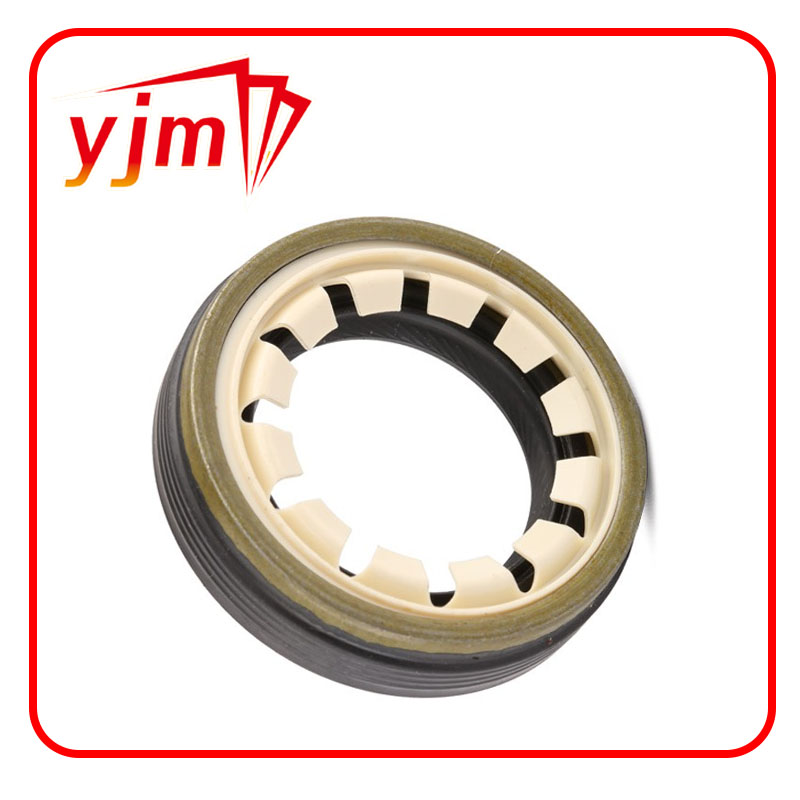rear engine oil seal
Understanding Rear Engine Oil Seals Importance and Maintenance
The rear engine oil seal is a vital component in many vehicles, playing a crucial role in ensuring the engine operates smoothly and efficiently. This rubber or silicone seal is positioned at the back of the engine, where the crankshaft exits the engine block to connect to the transmission. Its primary function is to prevent engine oil from leaking out and to keep contaminants from entering the engine.
One of the most significant functions of the rear engine oil seal is to maintain proper oil pressure within the engine. Oil is essential for lubricating moving parts, reducing friction, and dissipating heat. If the seal fails and oil begins to leak, not only can it lead to lower oil levels, but it can also result in poor engine performance and potential damage due to inadequate lubrication.
Common Causes of Seal Failure
Several factors can contribute to the deterioration of rear engine oil seals. One common cause is normal wear and tear over time. As engines age, rubber seals can become brittle and lose their elasticity, making them less effective at sealing. Additionally, engine vibrations and temperature fluctuations can exacerbate the wear on these seals.
Another contributor to seal failure is improper installation. During repairs or replacements, if the seal is not installed correctly, it might not create a proper seal, leading to leaks. It's also important to ensure that the sealing surfaces are clean and free from debris before installation.
rear engine oil seal

Signs of a Failing Rear Engine Oil Seal
Identifying signs of a failing rear engine oil seal is crucial for early intervention. One of the first indicators is the presence of oil spots or puddles under the vehicle. If you notice an oil leak at the back of the engine, it may be time to inspect the rear oil seal. Additionally, a drop in oil levels without any visible leak outside can also suggest that oil is seeping internally.
Another sign is an unusual increase in engine noise, as inadequate lubrication can lead to increased friction between components. Drivers might also notice an oily residue on the transmission or around the engine, further indicating a potential seal failure.
Maintenance and Replacement
Regular maintenance and inspections can prolong the life of the rear engine oil seal. It's advisable to check the seal whenever you are changing the engine oil or having other work done on the engine. If you suspect that your rear oil seal is damaged, it’s best to consult a professional mechanic immediately, as ignoring the problem could lead to more significant and expensive repairs down the line.
In conclusion, the rear engine oil seal may be a small and often overlooked component, but its role in maintaining the integrity of your engine is indispensable. Regular maintenance and prompt attention to signs of wear can help ensure the long-lasting performance of your vehicle, keeping oil where it belongs and your engine running smoothly. Investing in your engine's health now can save you considerable time and money in the future.
-
Simplifying Oil Changes: A Comprehensive Guide to Oil Drain Plugs and Their Variants
News Aug.04,2025
-
Mastering Oil Drain Maintenance: Solutions for Stripped, Worn, and Upgraded Oil Plugs
News Aug.04,2025
-
Fixing Oil Pan Plug Issues: Leaks, Stripped Nuts, and the Right Replacement Solutions
News Aug.04,2025
-
Everything You Need to Know About Oil Drain Plugs: Sizes, Fixes, and Upgrades
News Aug.04,2025
-
Choosing the Right Oil Drain Plug: A Guide to Sizes, Materials, and Drain Innovations
News Aug.04,2025
-
A Complete Guide to Automotive Drain Plugs: Types, Problems, and Innovative Solutions
News Aug.04,2025
-
The Ultimate Guide to Car Repair Kits: Tools and Essentials Every Driver Should Own
News Aug.01,2025
Products categories















